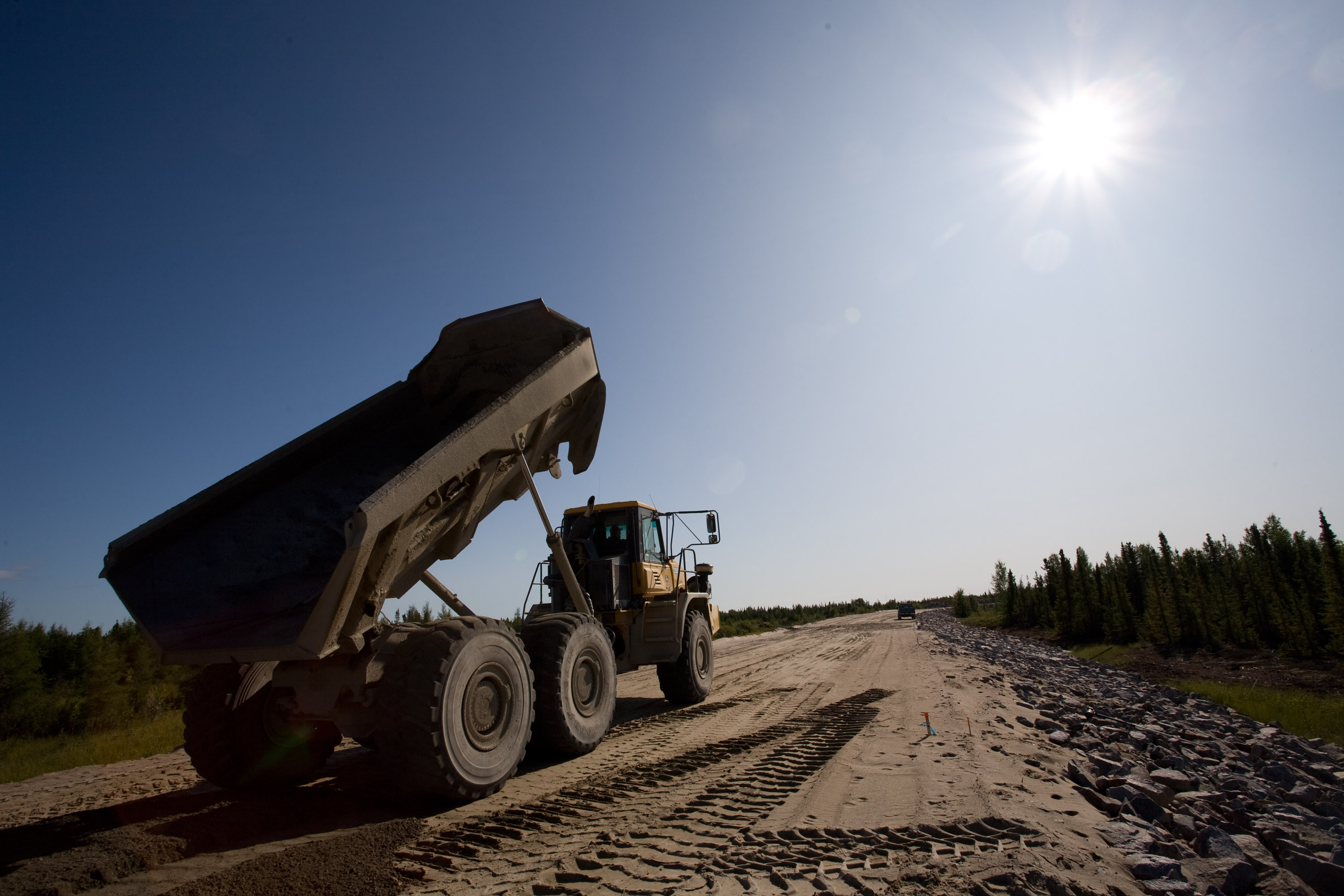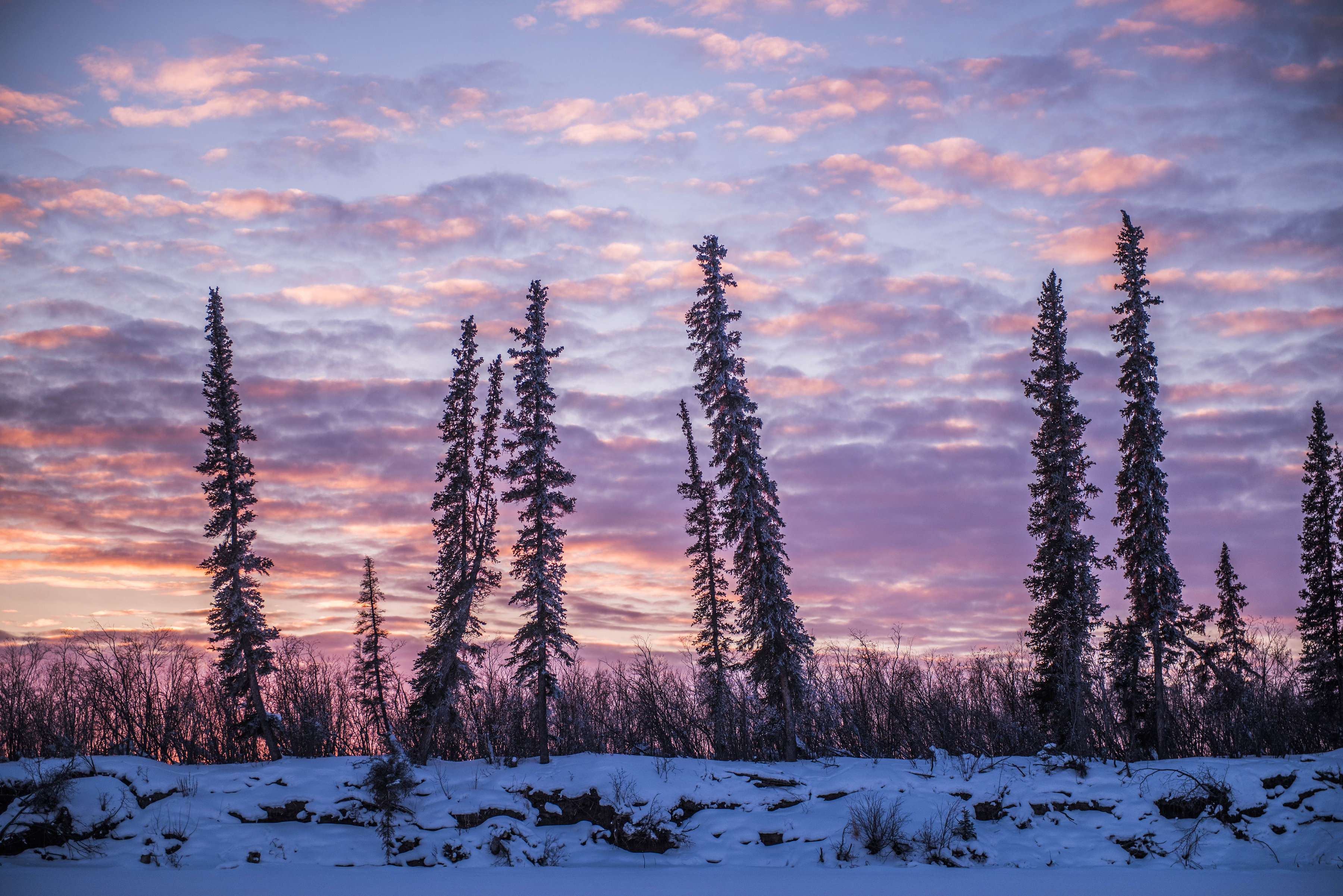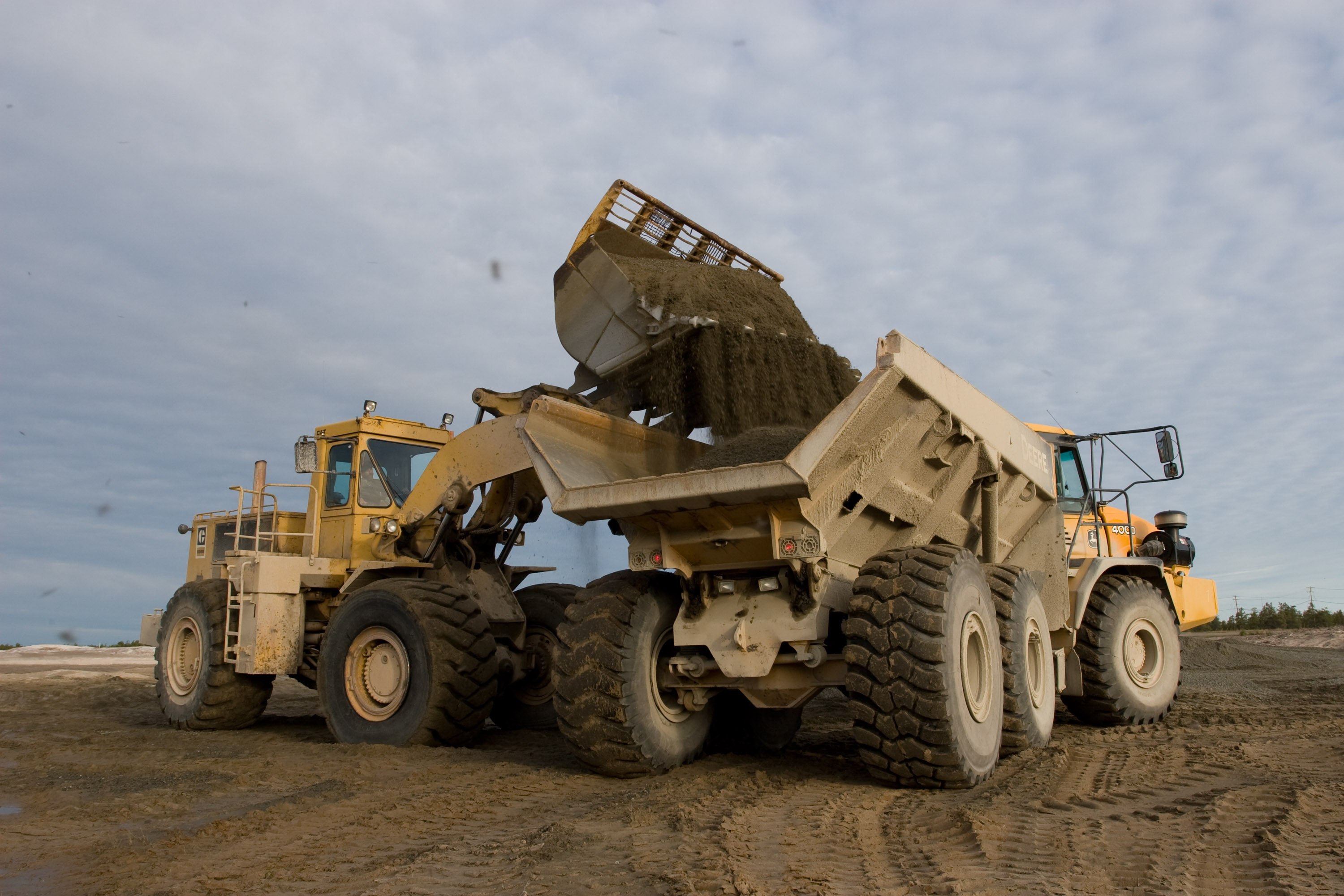With the opening of the Ekati Diamond Mine near Lac de Gras in October 1998, the NWT (and Canada) entered a new era of mining. The territory’s economy has grown more than 33 per cent since 1999. Today's diamond mining industry, valued at $1.2 billion in 2022, makes up about 40% of the territory's GDP.
The connection between companies and communities is a key aspect of mining operations in the NWT. Investments in diamonds are benefiting the people of the NWT, helping them shape their future beyond just the mine sites.
The NWT’s diamond mines, collectively, have provided over 27,000 person-years of employment to NWT residents and purchased over $18.3 billion in goods and services from NWT businesses ($8.16 billion from Indigenous businesses specifically.)
Gold and base metals – then diamonds have been the foundation of exploration and mining in the Northwest Territories for close to a century. Today, the increased demand for critical and strategic metals, including rare earth elements (REE) and lithium, is once-again renewing investor interests in the North.
The NWT is using its rich geological resources to attract interest in rare earths and critical minerals. They are building on past knowledge and mapping projects to capitalize on this growing interest. Meanwhile the NWT’s diamond mines support countless events, sponsor sports teams, arts initiatives, literacy programs, and community festivals that build and unite NWT communities.
Click below to unlock commodity maps of the NWT’s:
Dehcho Region
Gwich’in settlement area
Inuvialuit settlement area
Sahtu settlement area
South Slave and North Slave regions
Wek’eezhii resource management area



